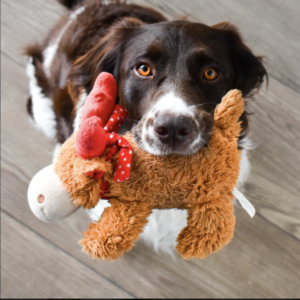Starting August 1, 2024, there are new CDC regulations for bringing dogs into the USA. Depending on your dog’s travel history in the past six months, the requirements can differ.
You can find detailed guidelines on the CFIA website.
While following these rules is important for every pet owner, know that our team is here to help guide you through the process!
Essential Tips for Using Pet Identification: Ensuring Safety and Peace of Mind
Pets are members of our families, and ensuring their safety is important, especially when travelling. If you’re travelling outside of Delta, BC, using effective pet identification methods such as microchips and tags can significantly increase the chances of a lost pet being reunited with its owner. Here are some essential tips to help you navigate the world of pet identification and keep your furry friend safe:
- Microchipping: Microchipping is a safe, permanent, and reliable way to ensure your pet can be identified if lost. A microchip is a tiny device, about the size of a rice grain, implanted under your pet’s skin between the shoulder blades. It contains a unique identification number that can be read with a scanner. This number is linked to your contact information in a database, making it essential to keep your details updated with the microchip registry.
Note: Microchipping is now required to cross the U.S. border! - Collars and ID Tags: Collars with ID tags are the most visible form of pet identification. Tags should include your pet’s name, your phone number, and any crucial medical information (ex., if your pet requires medication). Ensure tags are durable and securely attached to your pet’s collar to prevent loss.
- Harness identification: Similar to Collars and ID tags, having your pet wear a harness with their name and medical requirements is a good visual for others if your pet is to get lost. A harness may be most beneficial when travelling to wooded areas or remote places as they come in a range of colours, easy to see in areas where your pet may blend in.
- GPS Trackers: GPS trackers are gaining popularity for pets, especially those prone to wandering. These devices attach to your pet’s collar and use GPS technology to track their location in real time via a smartphone app. Some trackers also offer additional features like activity monitoring and virtual boundaries.
- Create a Lost Pet Kit: Prepare a “lost pet kit” containing recent photos of your pet, a description of their identifying features, and copies of their medical records. This kit can expedite the search process and provide essential information to shelters or rescuers.
By following these tips and utilizing multiple forms of identification, you can greatly improve your pet’s safety and increase the likelihood of a quick reunion if they ever wander away. Remember, preparation and proactive measures are key to keeping your pet safe and sound.
Happy travels!




